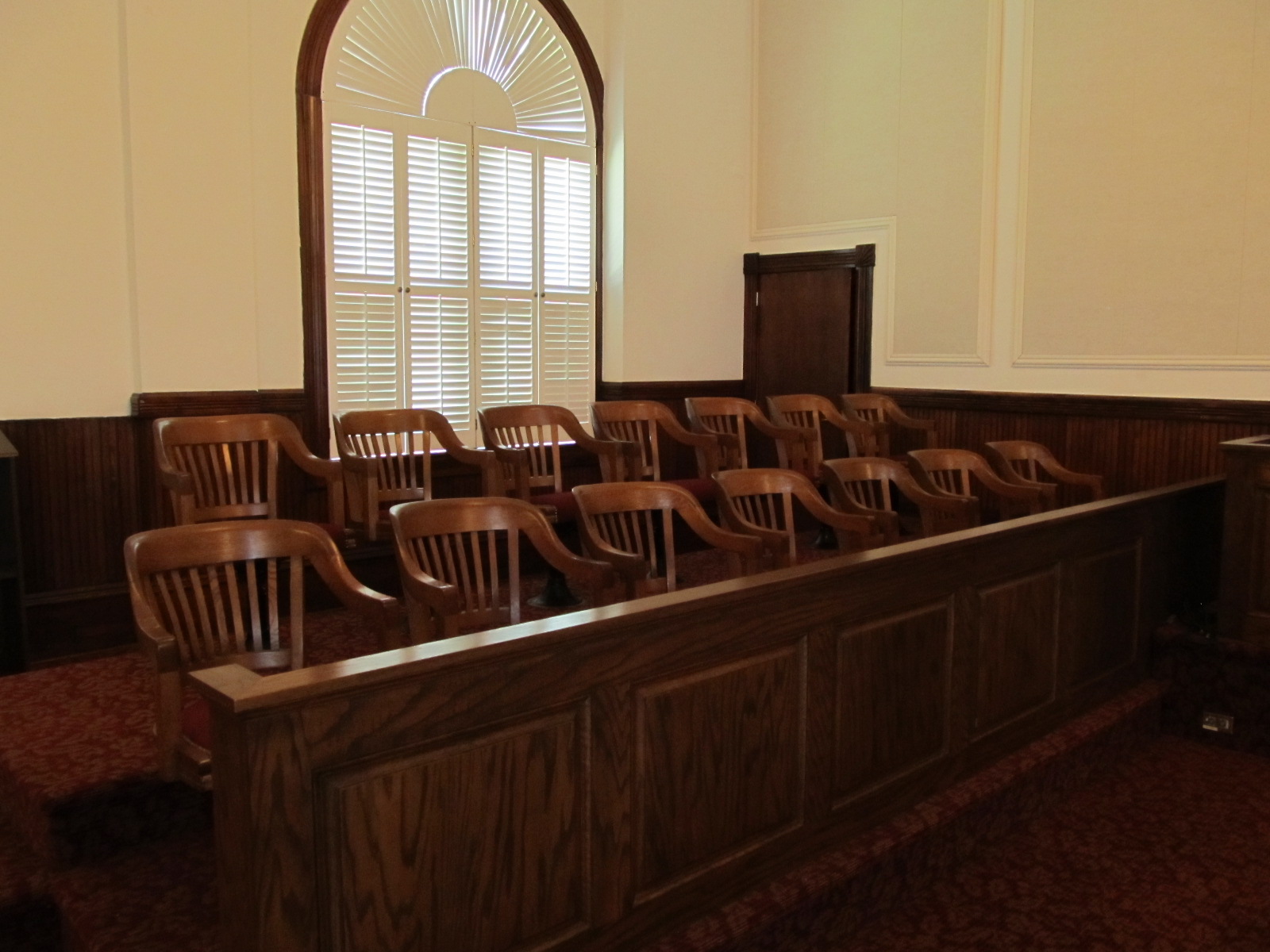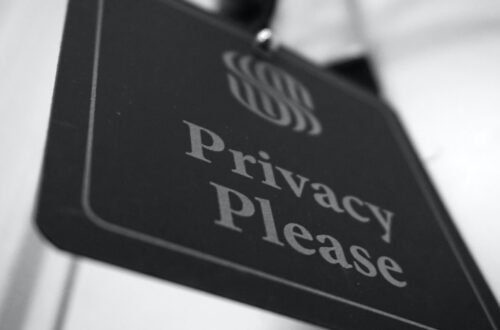Since before the establishment of the United States, governments have taken the land of private citizens. The issue was so fundamental to the founders of this country they wrote it into the Fifth Amendment of the Constitution which states, in part, “nor shall private property be taken for public use, without just compensation.” The issue of what constitutes a taking, however, is still a matter of dispute in courts across the country, including the North Carolina Court of Appeals. On Tuesday, the Court published an opinion regarding whether a property owner was entitled to just compensation for the loss of visibility to a business due to the construction of a bridge on the adjacent property, which the City of Charlotte had previously taken.[1]
For readers not residing in or around Charlotte, the City currently operates a light rail rapid transit system that provides public transportation for commuters and sports fans alike. The city began construction on plans extending the existing light rail line to the north, connecting Uptown Charlotte to UNC Charlotte. In order to construct the Blue Line Extension, the City has exercised eminent domain on many properties along the route to build the tracks and stations, and alter existing roads nearby.
One of these properties is located at the intersection of two large roads, North Tryon St. and W.T. Harris Blvd. The property owner, University Financial, leased the land to a retail branch of Bank of America. The City condemned 5,135 square feet of the property and sought to take that land for the purpose of altering the automobile traffic of North Tryon to accommodate the construction of light rail tracks and an elevated bridge. However, the light rail tracks and bridge would not actually be located on the 5,135 square feet the City sought to take.
University Financial was concerned the bridge would obscure the Bank of America building and sought compensation for the loss of visibility. The City argued University Financial was not entitled to compensation for the loss of visibility because the bridge would not be located on the 5,135 square feet of condemned property. The Court of Appeals agreed with the City, ruling a “loss of visibility” does not constitute a “taking” under the law.
The court, citing prior case law stating, “a use of lands of another which causes annoyance, inconvenience, or damage to the land of the defendant is not compensable. If the defendant were to claim damage from conduct of the condemnor, which conduct did not arise out of use of the defendant’s land taken, such damage is suffered by all in the neighborhood generally, and is not the proper subject of compensation.”[2]
While this may be disheartening for property owners who are forced from their land due to a government project, the government must still pay just compensation (fair market value) for any taking occurring on their property. As seen in this case, many eminent domain actions have facts that are unique to their situation, in which case, it is wise to contact an experienced attorney to discuss your rights and legal alternatives.
For more information about eminent domain, visit Lindley Law Office.
[1] City of Charlotte v. University Financial Properties, LLC, N.C. App. No. COA15-473(April 5, 2016).
[2] City of Kings Mountain v. Cline, 19 N.C. App. 9, 11, 198 S.E.2d 64, 66 (1973) (internal citation omitted).




